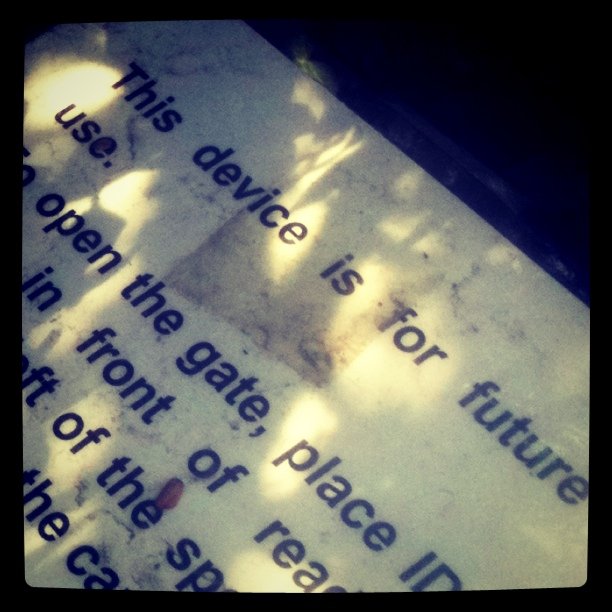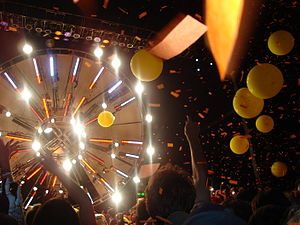
I’ve started a new research/professional project of helping the City of Eugene create rich, audio-visual documentation of public art projects. The pilot effort focuses on documenting the murals commissioned for the Washington-Jefferson Skatepark (apparently the largest covered and lit park in the United States…). The park opened on April 14th, but the official ribbon-cutting ceremony will not be until later in June. From now until then, I’ll be working with a graduate student advisee (Jonathan Lederman) on getting video, audio, and still images of the artists’ progress. We’ll also be getting some interviews and developing a ‘narrative strategy’ for pushing snippets of documentation out via social media and web-based portals on up until the June ceremony. After that, we’ll edit short (5-7 minute) films that will be “bio pics” of sorts for the two sets of murals. The GIF animation above shows Esteban, one of the artists, at work on the northeast column mural. For more info on the skatepark, as well as some documentation of the actual construction, check out this site hosted by SK8EUG.
I’m also getting ready to leave town for a conference in Coimbra, Portugal. It’s called “Mapping Cultures: Communities, Sites, and Stories” and is sponsored by the Center for Social Studies at the University of Coimbra. Here’s the abstract for my presentation:
For some time United States-based folklorists have leveraged multiple approaches to cultural mapping, from tracking geographic movement of traditions to exploring ways in which collective and individual identity overlay cultural patterns and interchange. More specifically, folklorists working in the public interest—via nonprofit agencies, governmental offices, or university initiatives—have sought to assist communities in drawing up inventories of cultural resources and connecting these inventories to senses of place: physical, social, and emotional. These public sector efforts often entail engaging communities around issues of policy, social justice, and cultural planning, and often emerge in a zone of interplay between advocacy and aesthetics where mapping becomes a process of locating, presenting, and interpreting. The recent surge of digital mapping tools and technologies embedded in mobile devices as well as computers provides myriad opportunities for folklorists and other cultural workers to collaborate with communities on agile, dynamic, and highly portable cultural mapping projects. Such opportunities portend both potential and pitfalls, especially with regards to the shifting sands of digital technologies and web-enabled communication, and this presentation seeks to explore a handful of key issues delineating the intersection of cultural mapping, digital/mobile technology, and community engagement. Concepts such as privacy, access, and sustainability will thread through the presentation, forming anchor points for discussion. While stemming from a U.S.-based folkloristic perspective, the presentation will draw on a range of examples anchored in arts and expressive culture so as to extend discussion about digitally-enabled cultural mapping to the broadest audience.
Should I have time during the actual conference (May 28-30, 2014), I’ll post some thoughts and reflections on the emergent themes across presentations.





